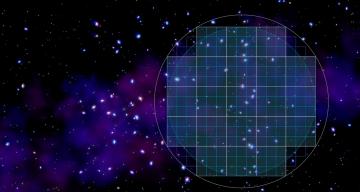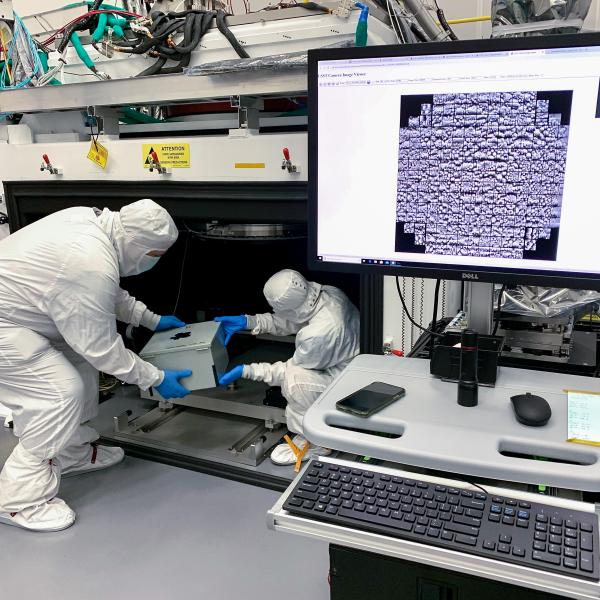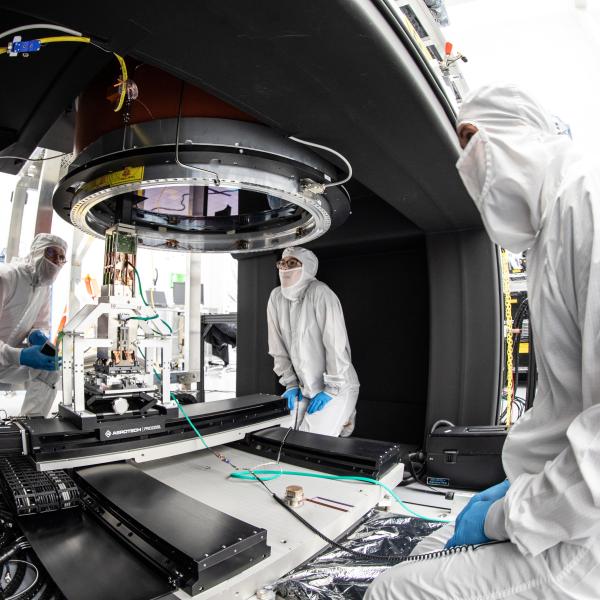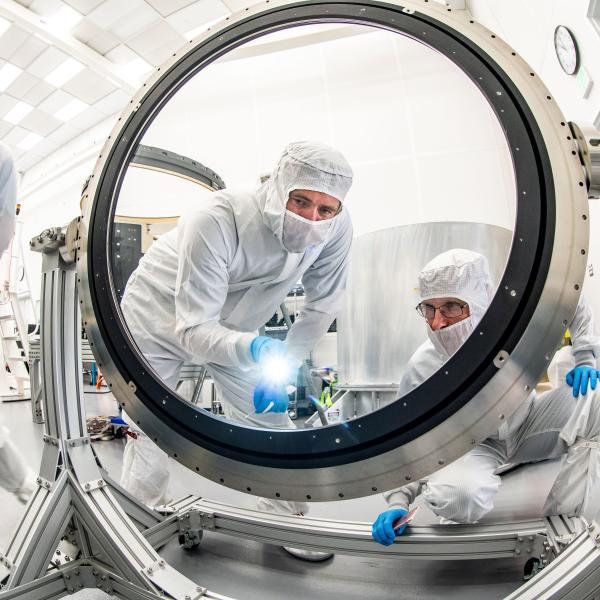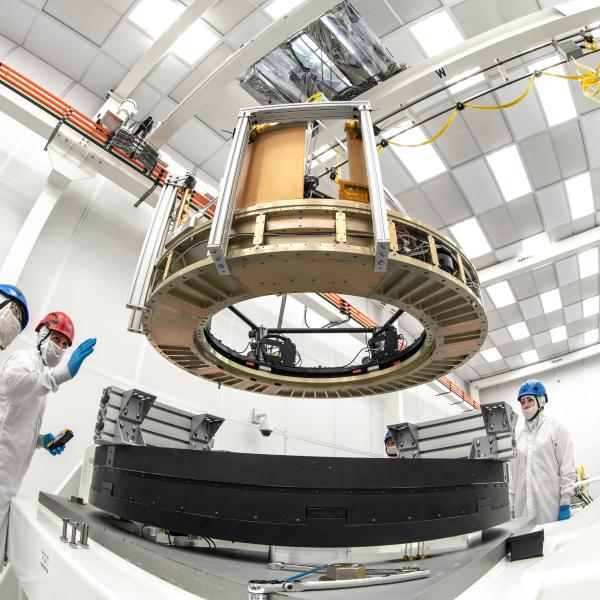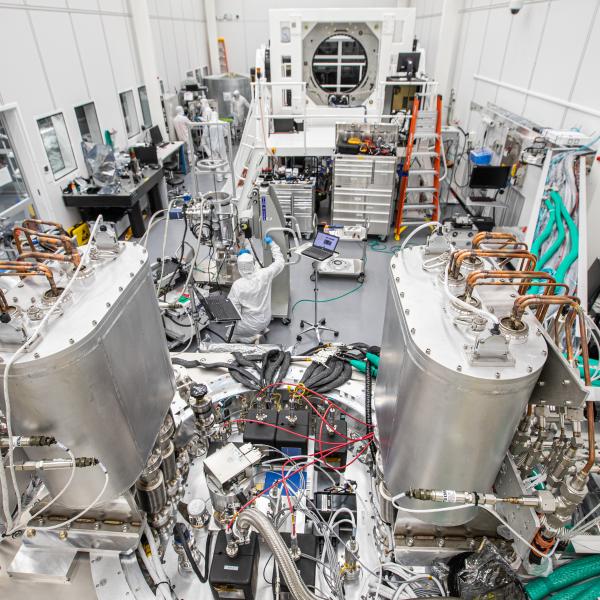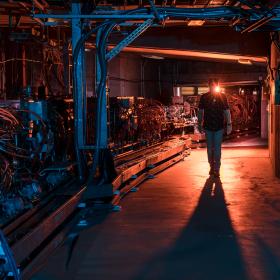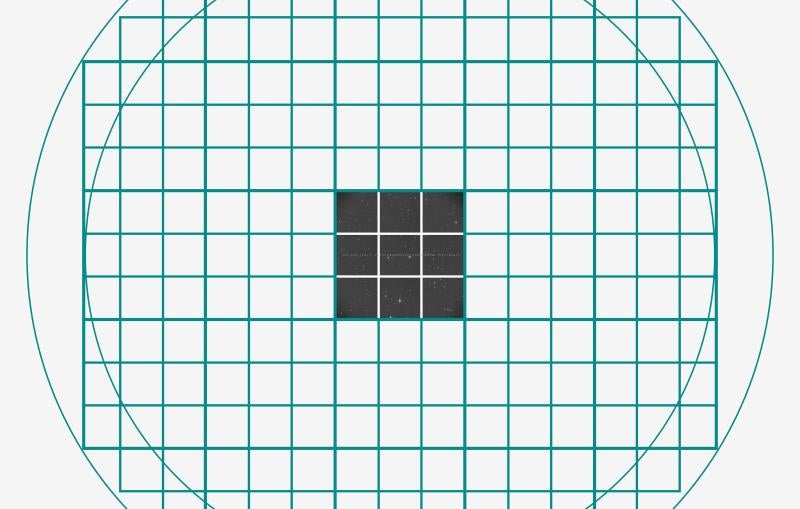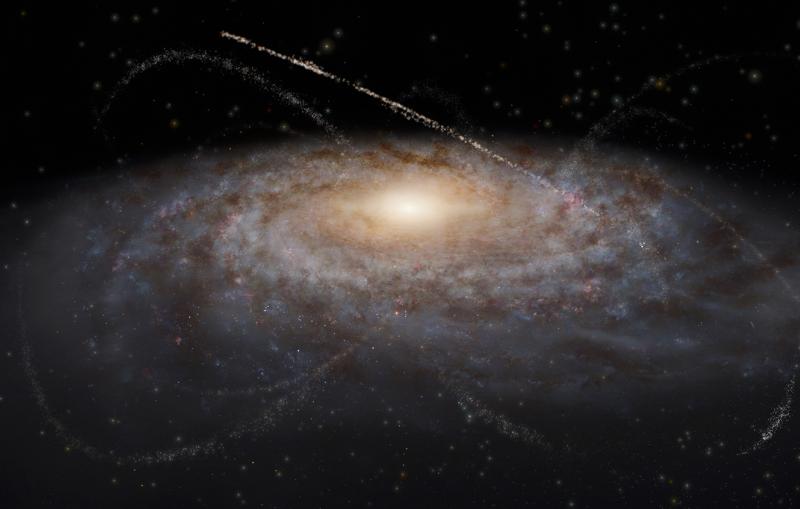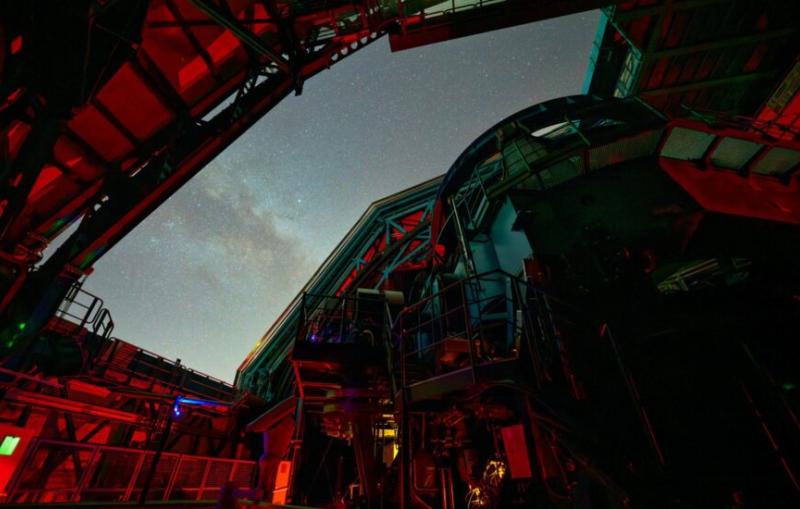It will explore cosmic mysteries as part of the NSF–DOE Vera C. Rubin Observatory’s Legacy Survey of Space and Time.
What’s out there?
If you ask a physicist what the universe is made of, they won’t be able to answer exactly. That’s because 95 percent of what’s out there is dark matter and dark energy, and while researchers have some ideas about what those may be made of, no one is completely sure.
At the same time, astronomers would like to know more about what’s in our own galaxy and, even closer to home, our own solar system – and they’d like to know if any of it is changing.
To address those questions, an international team of scientists are building the NSF–DOE Vera C. Rubin Observatory on a mountaintop in Chile to conduct the Legacy Survey of Space and Time (LSST), a 10-year effort to map the Southern Hemisphere sky in unprecedented detail. Central to that project is something at once simple and tremendously complex: the record-setting LSST Camera, the centerpiece of Rubin’s Simonyi Survey Telescope.
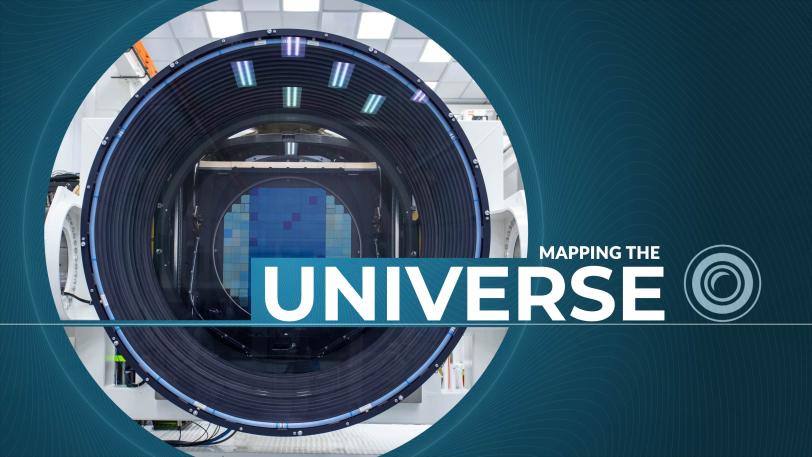
LSST Camera explainer
Learn More About the LSST Camera for the NSF-DOE Vera C. Rubin Observatory in Chile. The U.S. Department of Energy’s SLAC National Accelerator Laboratory led the construction of the LSST Camera – the largest digital camera ever built for astrophysics and cosmology.
Olivier Bonin/SLAC National Accelerator Laboratory
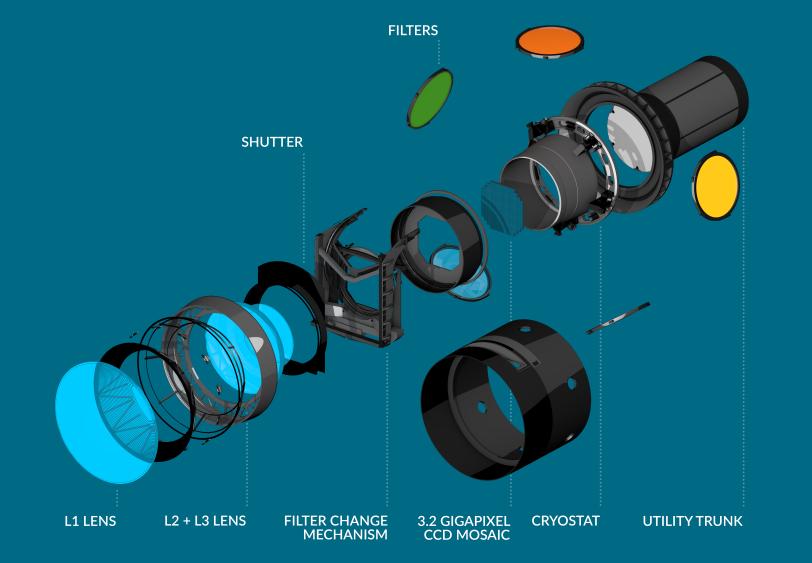
The heart of the Rubin Observatory
In some ways, the LSST Camera is the same as any other digital camera – just a lot bigger, and with some special features to improve its performance. Roughly the size and weight of a small SUV, the LSST Camera is the largest camera ever built for astronomy. At 3,200 megapixels, it is also the highest-resolution camera ever built. Here are some of the pieces that make it work:
The lenses
Light from the night sky falls on a series of three giant lenses – the front lens is more than 5 feet tall – the world’s largest lens for astronomy. Those lenses gather light from an area of the sky roughly 40 times the size of a full moon.
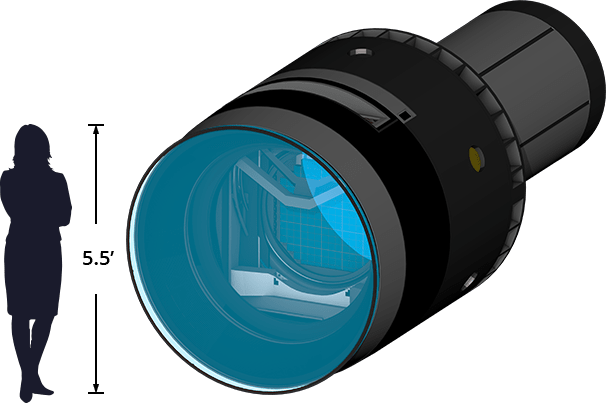
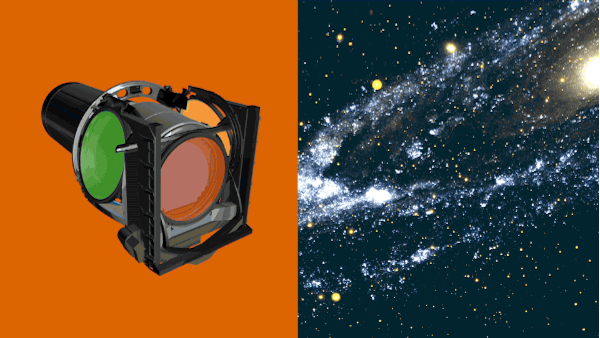
The filters
The light passes through one of six specialized filters that can be moved, by means of a rotating changer, in front of the focal plane. That way, researchers can analyze particular bands of light, from ultraviolet to the near-infrared, separately from other wavelengths.
The focal plane and cryostat
The light is focused onto an array of 189 CCD sensors, which together make up the 25-inch diameter, 3.2 gigapixel focal plane. It sits inside a vacuum chamber, called a cryostat, with a refrigeration system that keeps the sensors at minus 100 degrees Celsius to reduce noise.
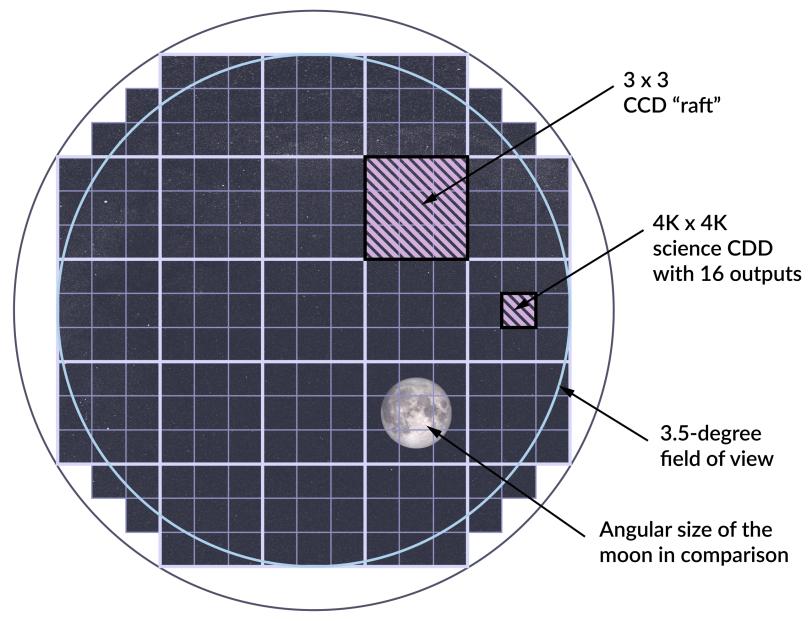
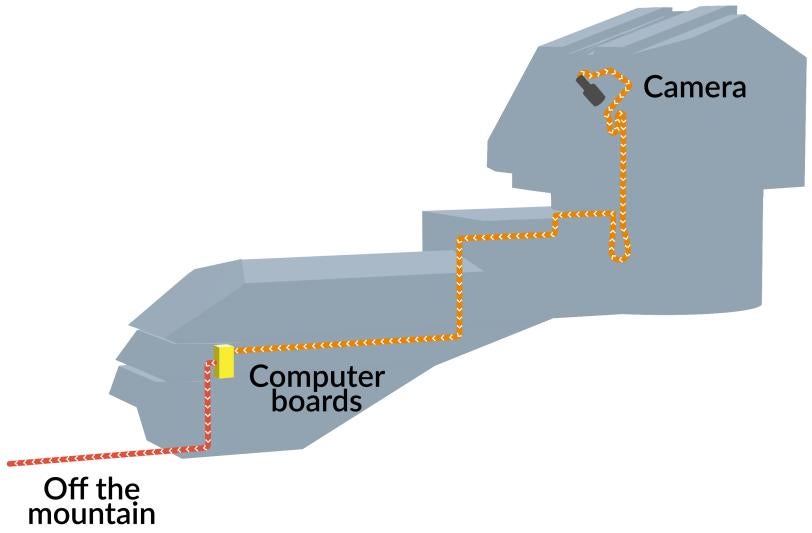
Data acquisition system
Fiber optic cables at the back of the camera carry 15 terabytes of data a night down the telescope to a custom-built data acquisition system. The data acquisition system will also maintain a buffer of thousands of images gathered over several nights – just in case the telescope loses contact with the outside world.
A new picture of the universe
Once the camera starts gathering data – at a rate of about three images every minute, all night, every clear night for an entire decade – researchers will pore over the data looking for evidence of dark matter and dark energy. But that’s not all. They’ll also use data from the LSST Camera to study how galaxies form and evolve, catalog asteroids and search for other objects moving in and through our solar system, and examine the changing night sky to better understand variable stars, see galaxies in the midst of being eaten up by black holes and watch as stars blow apart in supernovae. In myriad ways, the LSST Camera will expand our understanding of the universe in which we live.
